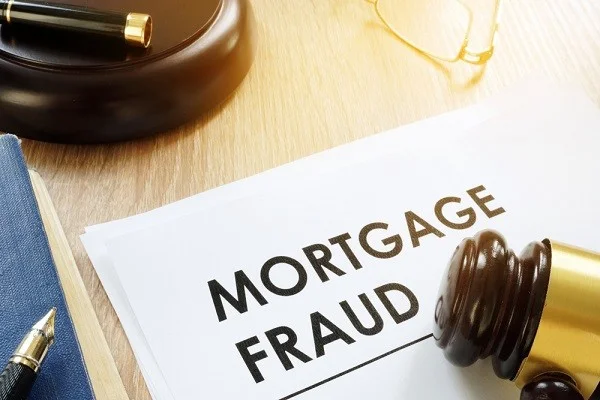Mortgage Fraud on the Rise: How to Protect Yourself

With increased reports of mortgage fraud, it is becoming increasingly important to protect yourself from scams when considering buying a property.
We all think we would be too clever to fall for a scam, but with the recent case of a victim being conned out of a whopping £640,000, experts are warning home buyers to be vigilant.
Figures from the Office of National Statistics Crime Survey reveal that there were around 4 million cases of scams reported in England and Wales in 2020 alone. From email, text, and phone scams to online shopping and property scams, criminals are becoming increasingly sophisticated in their methods.
Recent information revealing a marked increase in conveyancing fraud has prompted the National Economic Crime Centre and the National Crime Agency to offer guidance on how home buyers can ensure that they are protected against such threats.
Conveyancing fraud
Also referred to as “authorised push payment fraud” or “payment diversion fraud,” this is one of the most lucrative scams for criminals.
It involves the scammer posing as a lawyer and convincing the buyer to transfer outstanding balances and deposits into the criminal’s account. The victim becomes liable due to the fact that they authorised the payment.
In more detail, it involves the scammer intercepting correspondence, usually emails, between the buyer and their solicitor, where they are able to gain valuable information related to the purchase. The scammer then creates a “spoof” email that mimics the account of the solicitor and then sends a request for the exact amount owed, leading the victim to believe that the email has come from a reliable source.
Fraud threat lead at the NECC, John Shilland, told conveyancers: “Payment diversion fraud is increasing, and it is vital to be alive to the threat as criminals are targeting home buyers due to the scale of the transactions.”
“Whenever a client is making a payment for a house purchase, they should be highly suspicious of any change in account details or new instructions. Remind them to always check with a trusted, known contact, and if they have any doubt, not to transfer the money.”
How to protect yourself
The average loss victims see as a result of conveyancing fraud is around £100k, prompting the government to set up a task force to tackle all scams in the UK.
The following advice can be used to safeguard yourself against unscrupulous scam artists:
Double-check the bank details
Ensure to ask for bank details either in person or over the phone (you should initiate the call) right from the offset. You could also request a copy of the details by post as an added precaution.
Initially, only send a small sum of money by transfer, and then ask your solicitor to confirm that it has been received before you transfer the balance.
Should you receive an email stating any changes in bank details, call to confirm that the details have in fact been changed before commencing with any transfers.
With advances in technology, scammers can spoof any number on your caller ID, so make sure you hang up and call back the number to make sure it is genuine. Also, double-check the telephone number on their website or previous correspondence.
Check your online security
Ensure that you use a secure network when opening or replying to any correspondence received from your solicitors. Unsecured Wi-Fi can be easily hacked into by scammers.
Install anti-virus protection and update it regularly to ensure you are secure, and make sure passwords are strong and that you have a different one for each account.
Stay off social media
Although you may want to announce your exciting house-buying plans on social media, avoid doing this until all contracts have been signed and all funds have been exchanged. Fraudsters are constantly scouring platforms such as Facebook, Instagram, and Twitter to find victims to target.
